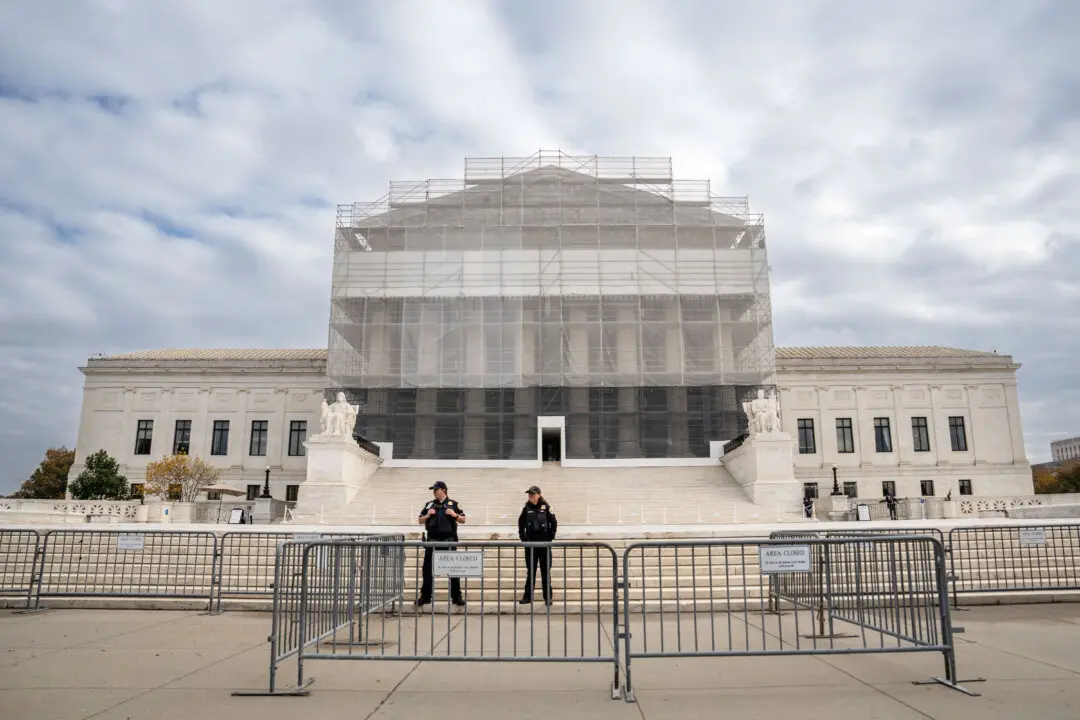WASHINGTON—Virginia Republicans urged the Supreme Court to quash a lower court ruling that redrew 11 districts in the Virginia House of Delegates after finding their boundaries had been drawn to dilute the power of black voters.
The racial gerrymandering case is important because the redistricting imposed by a three-judge panel of the U.S. District Court for the Eastern District of Virginia could help determine which party controls the House in Richmond after future elections. Currently, party standings in the chamber are 51 Republicans to 49 Democrats. Republicans also narrowly control the state Senate, where they occupy 21 of the 40 seats.





